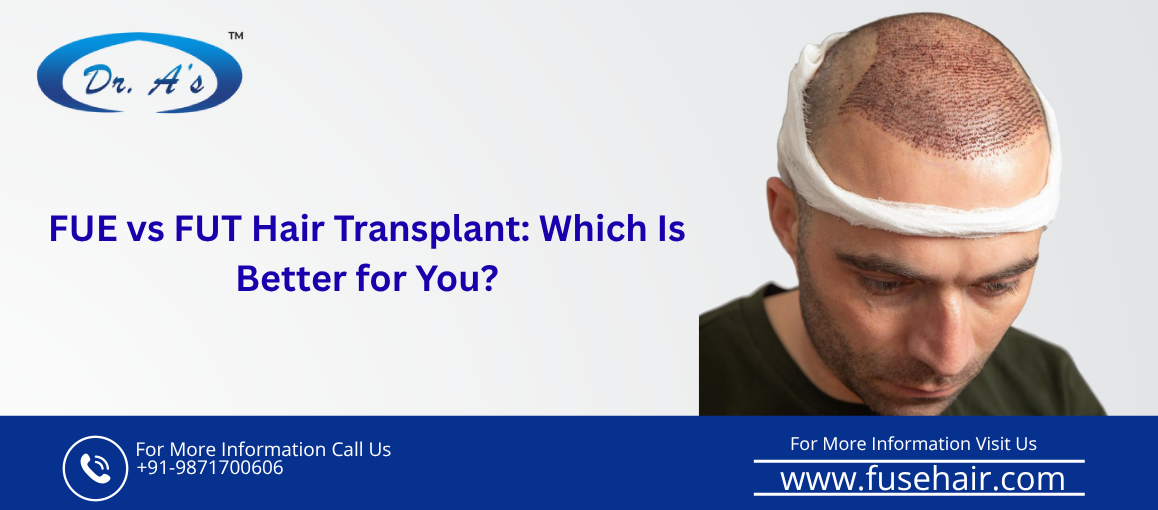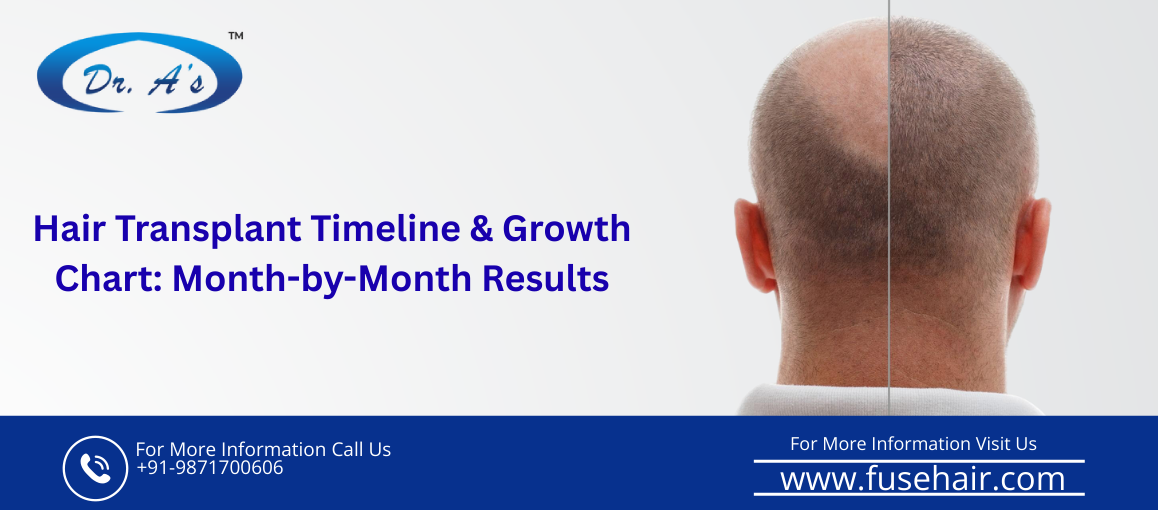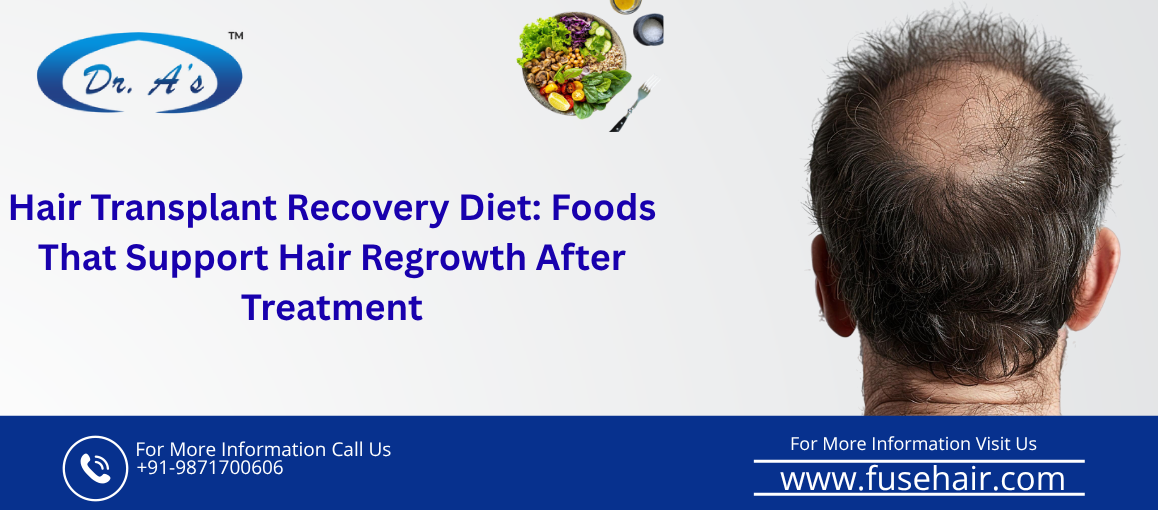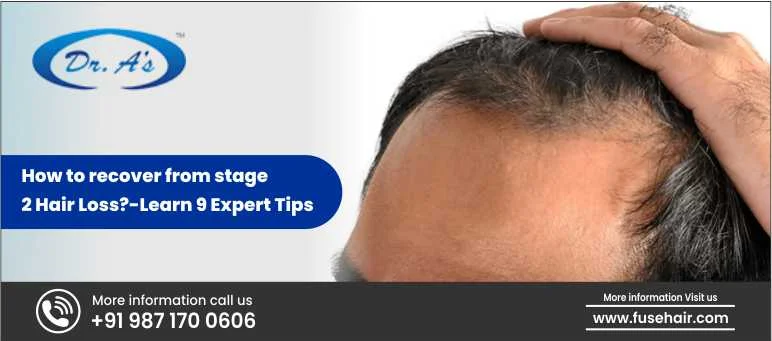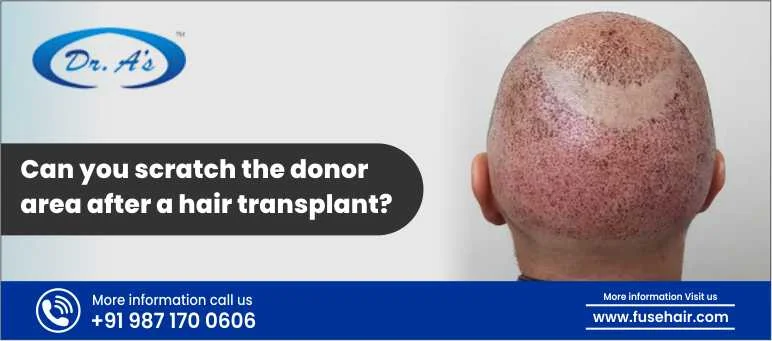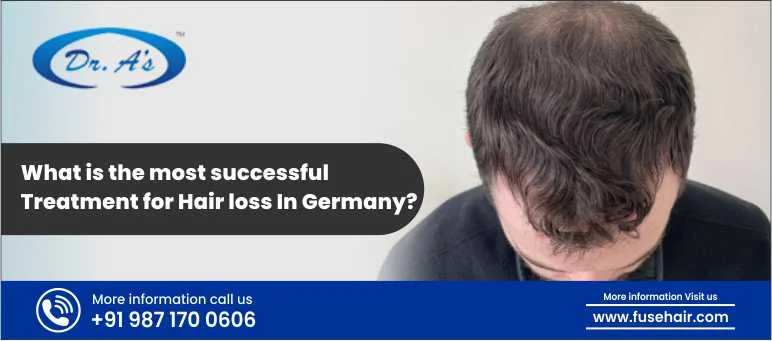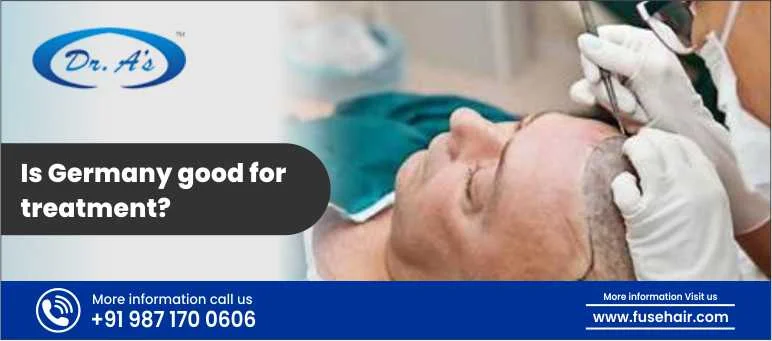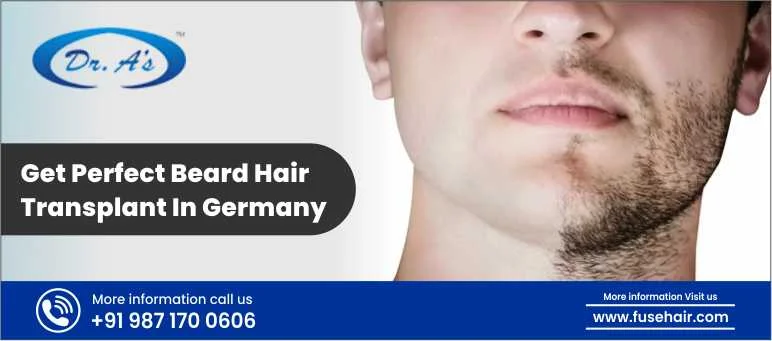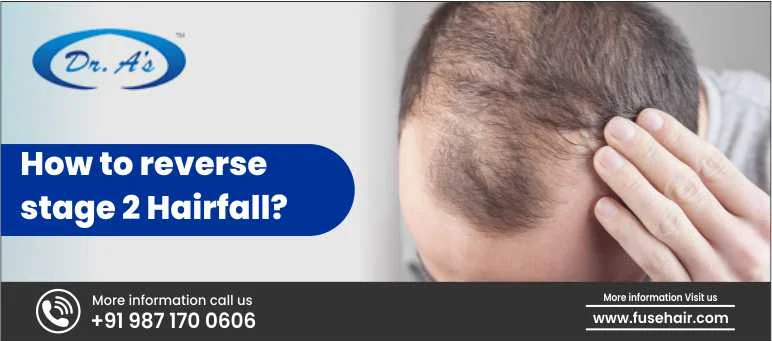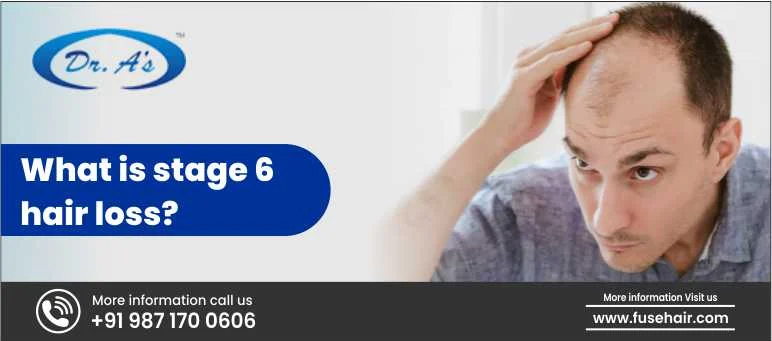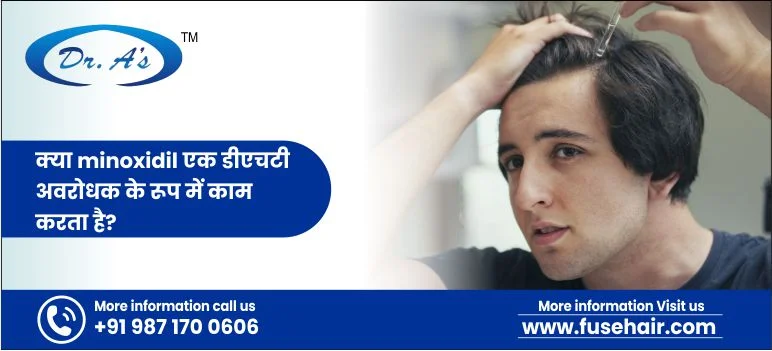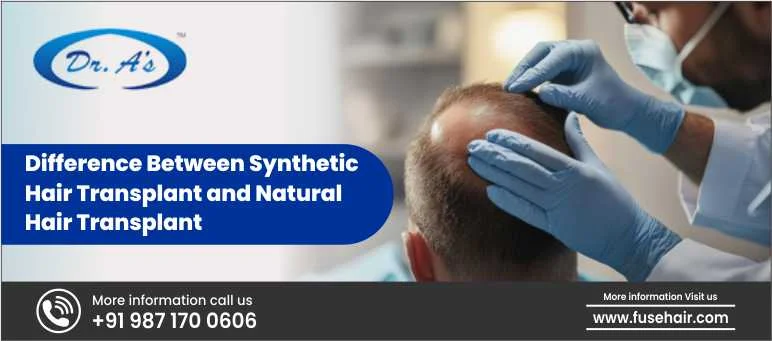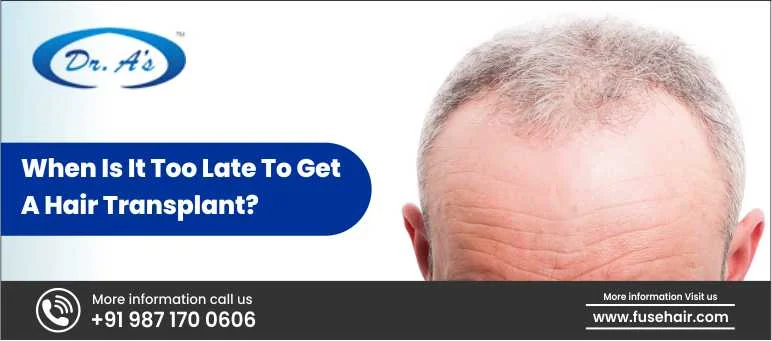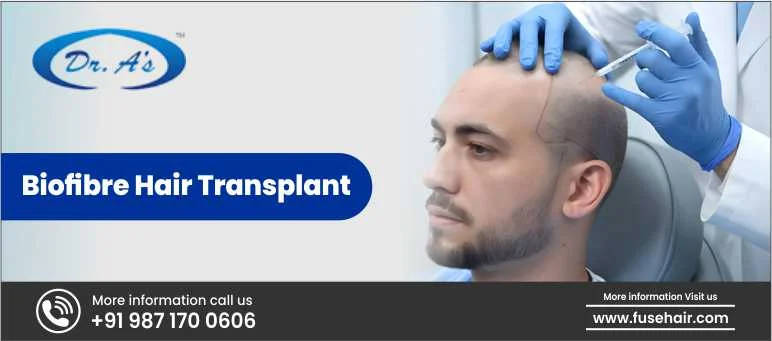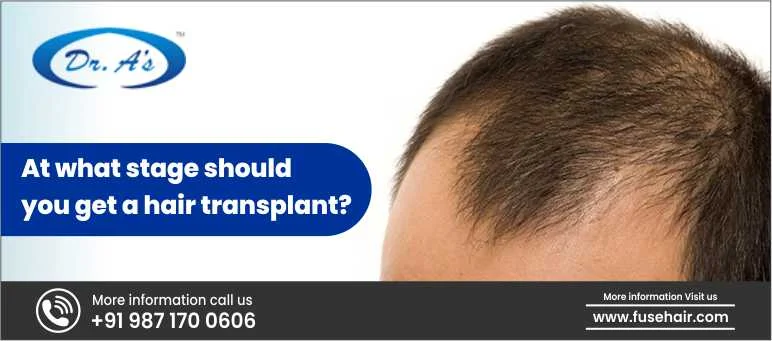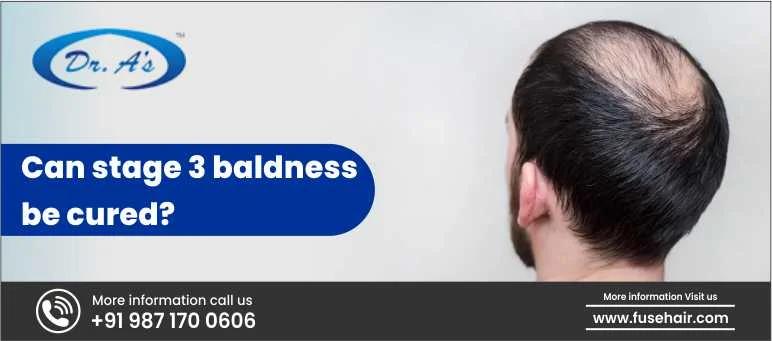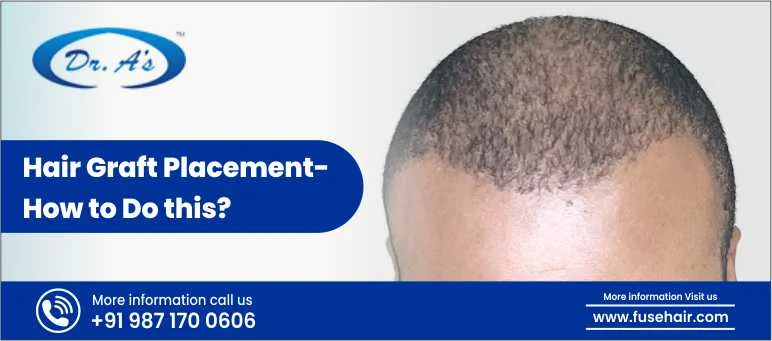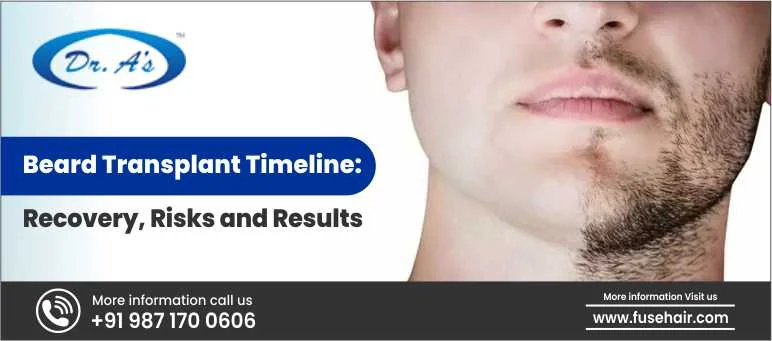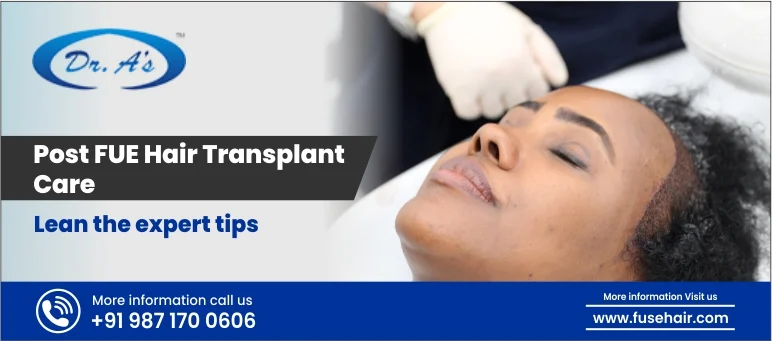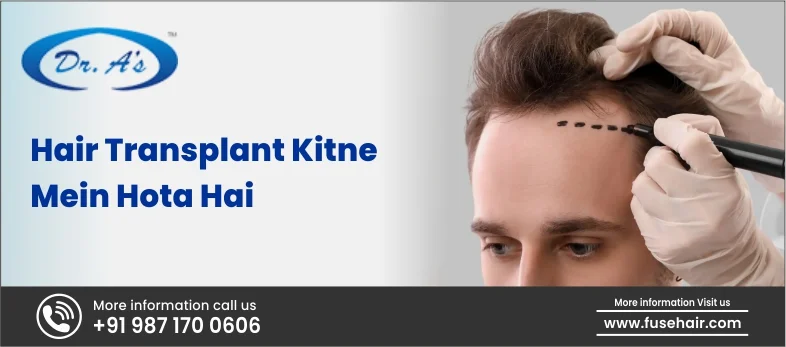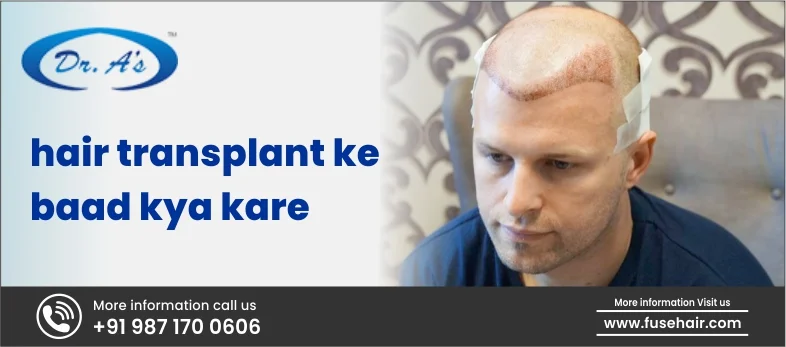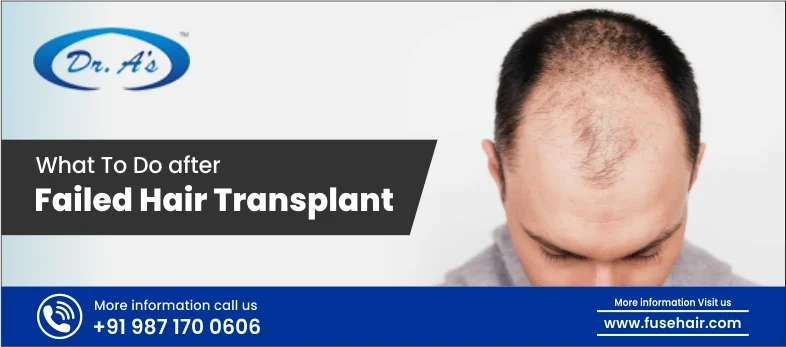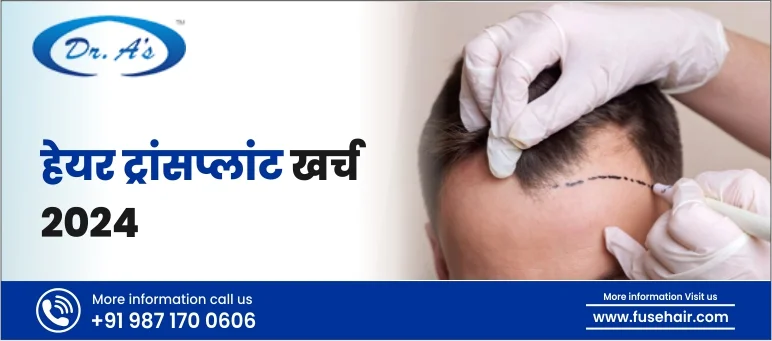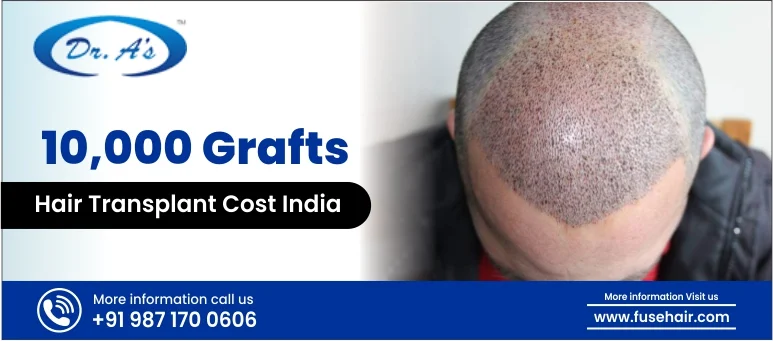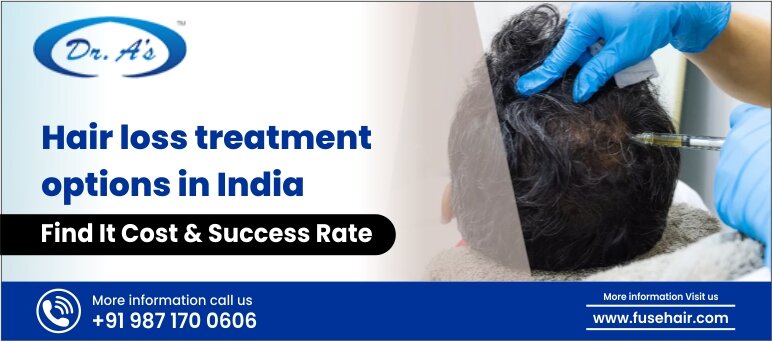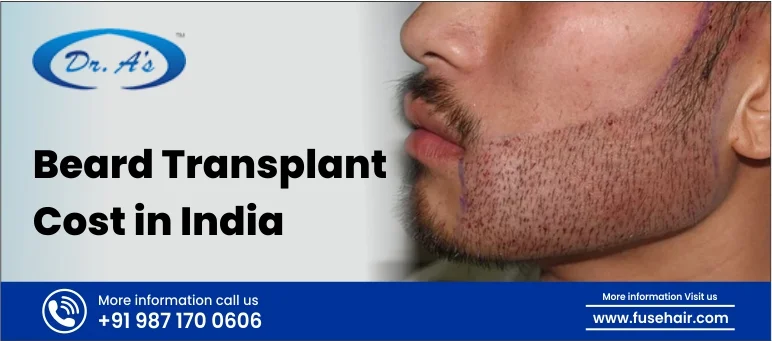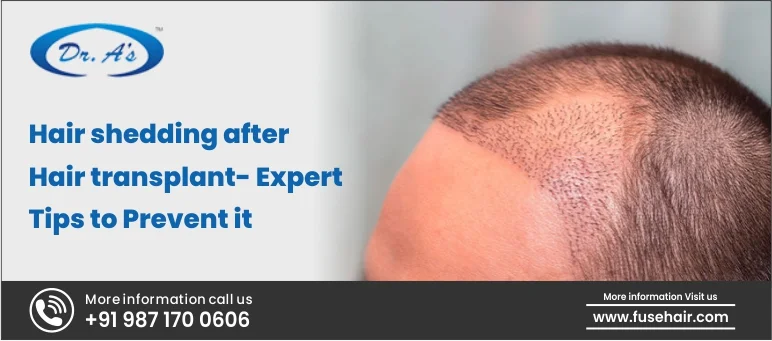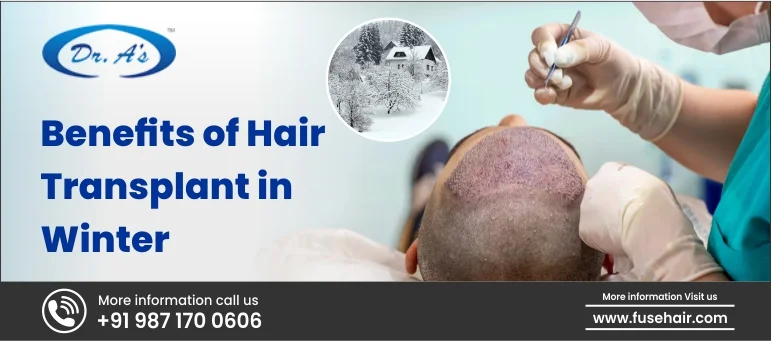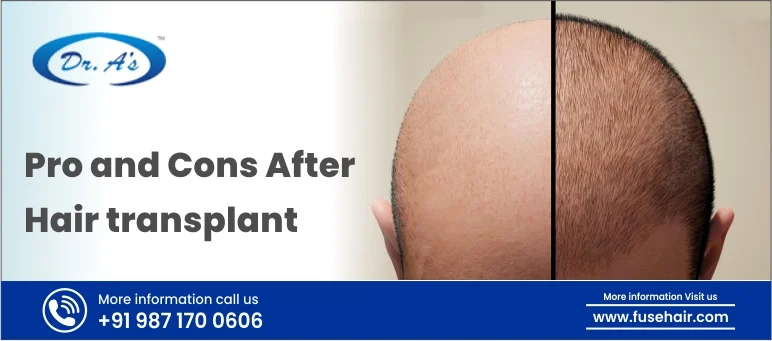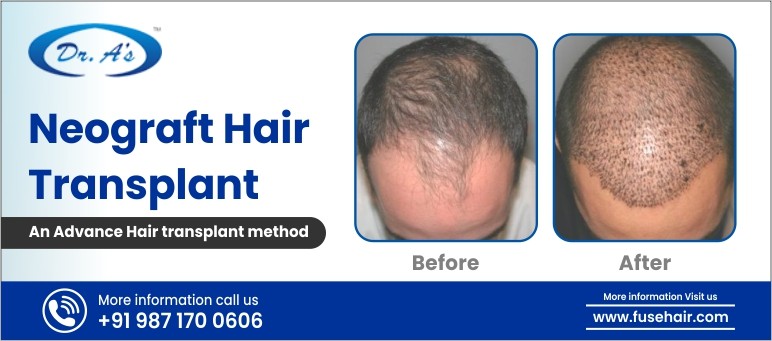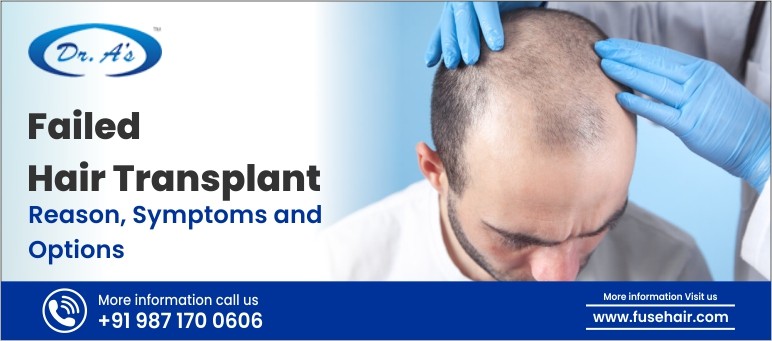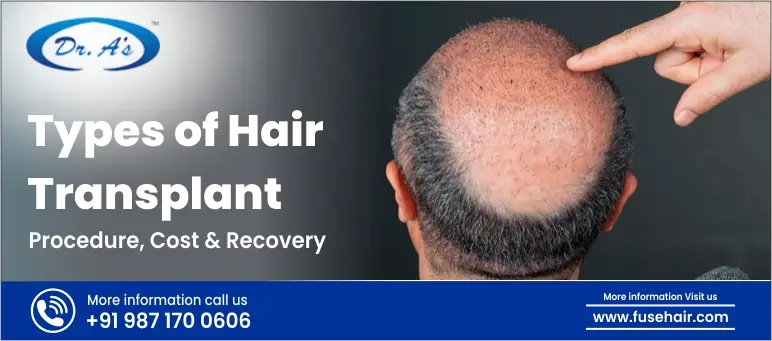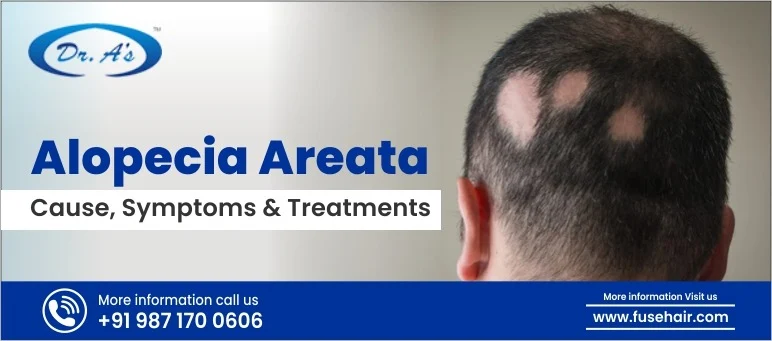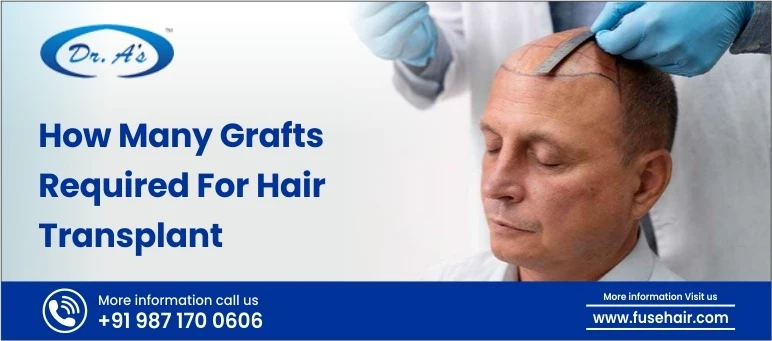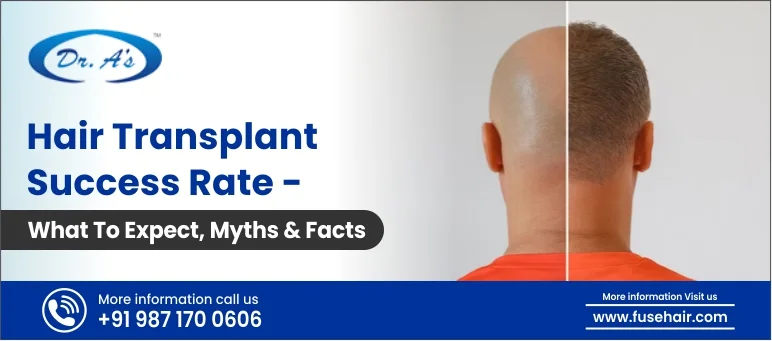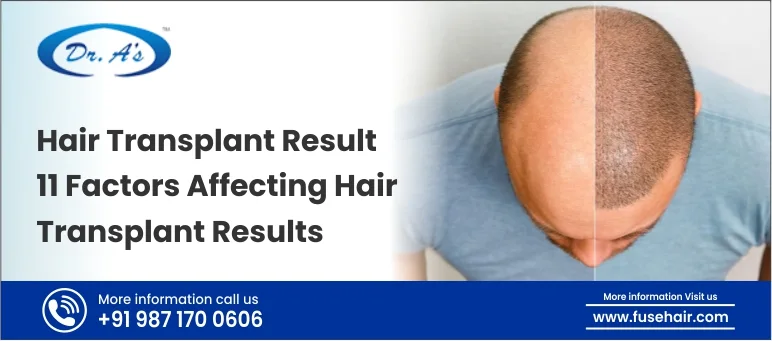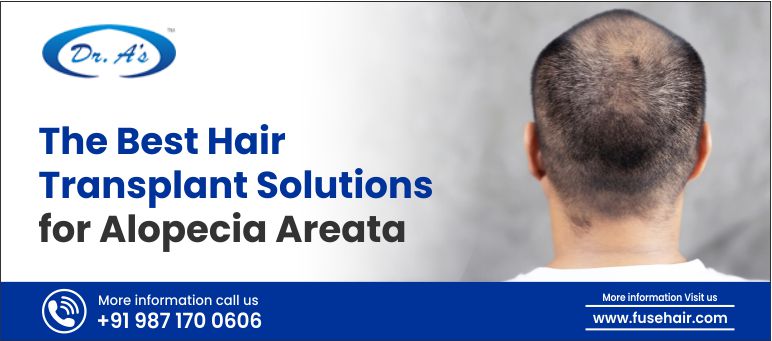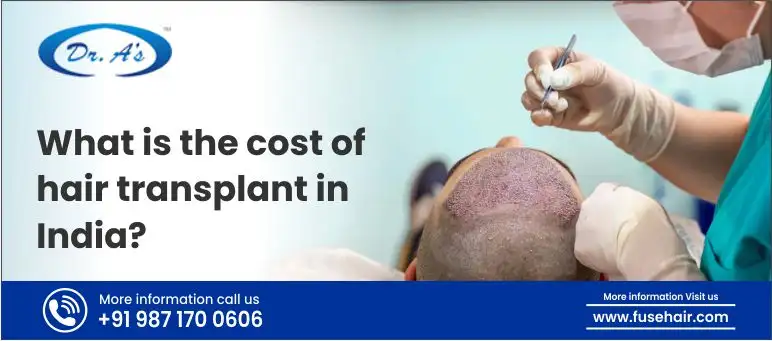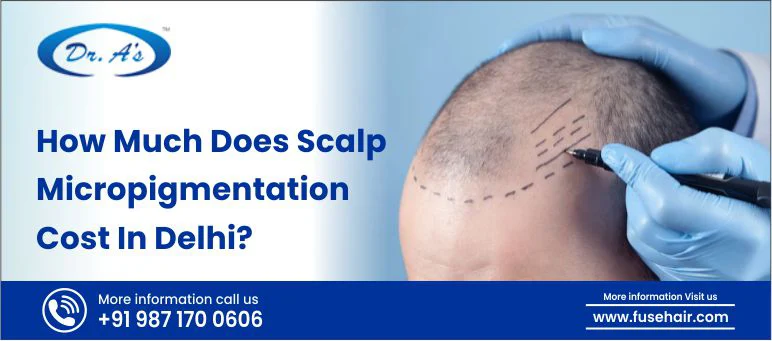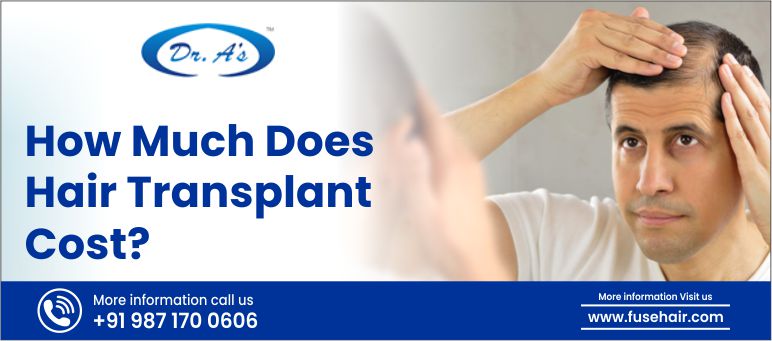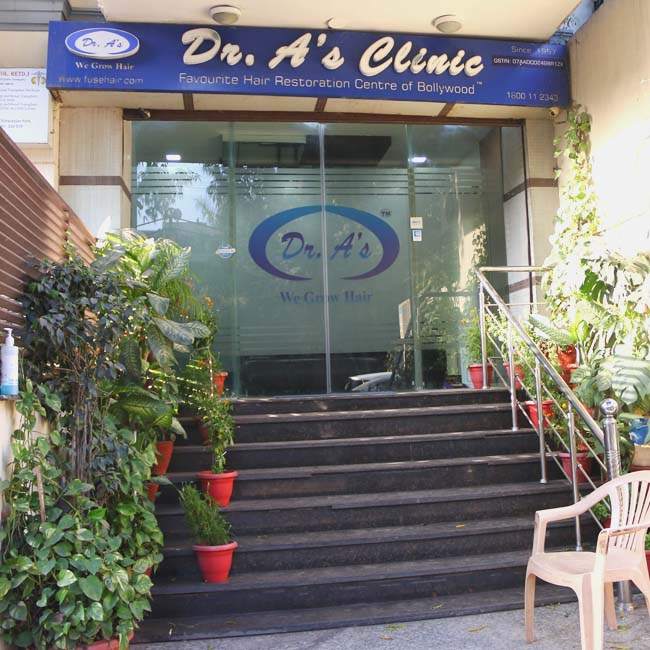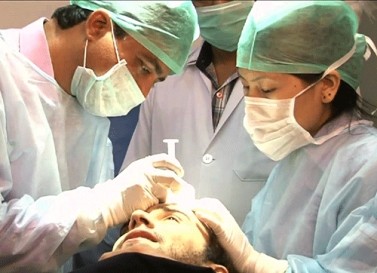
The growing, intense popularity of beard transplants has helped men to improve their facial hair density and style. A beard transplant is a facial hair transplant surgical procedure where hair follicles are extracted from the donor area, especially from the back of the scalp, and transplanted on the beard area for hair growth stimulation. Generally, a beard transplant lasts for decades or even a lifetime, but it is still driven by some factors like donor hair quality, hair grafts, and surgical technique. So if you are suffering from a low-density beard or have been devoid of a beard even after puberty and want a full-grown beard, Dr. A’s Clinic is the ideal choice for you.
Dr. Arvind Poswal, our hair transplant surgeon, is not only equipped and experienced with scalp hair transplantation but also with beard transplant procedures with a high success rate.
How does a beard transplant work?
Before knowing the longevity of a beard transplant, it is important to know the detailed process properly for a better understanding. So, here’s how a beard transplant works.
-
Harvesting hair follicles
The hair follicle harvesting process begins with extracting healthy hair from the donor side, which is usually the back or side region of the scalp. In Dr. A’s Clinic, we use micro punch tools to extract follicular hairgrafts one at a time to ensure minimum donor area injury for faster healing and almost invisible scars.
-
Preparing the recipient area
After extracting the hair follicles from the donor area, hair surgeons focus on preparing the recipient or affected area. Small surgical incisions are cautiously carved down to match the natural angle, direction, and density of facial hair growth.
-
Implanting Hair Follicles
In our clinic, hair transplant surgeon, Dr. Arvind Poswal, cautiously plants harvested hair follicles into the beard area at the correct depth and angle to make it look like a natural, wild growth. As these hair follicles are extracted from a healthy scalp zone with active growth hormones, they are drawn towards continuous growth in the recipient area.
Average timespan of a beard transplant
Beard transplant is a permanent procedure, which means the implantation of healthy hair follicles into the affected area will last for a lifetime. After the successful implantation, it begins to grow and behave like naturally growing beard hair. The genetic hair growth properties of the transplanted follicles facilitate natural hair growth in the beard area.
- The initial shedding phase starts within the first 2 to 4 weeks, where transplanted hairs shed, and it is a natural part of the hair cycle.
- The dormancy phase lasts around 1 to 3 months, during which follicles remain dormant without prominent hair growth.
- Hair regrowth begins from 3 to 6 months onward, when new hair emerges in the beard area.
- By 8 to 12 months, you will see the full outcome of the beard transplant, where growing density and fullness can be observed.
Factors affecting the longevity of the beard transplant
Beard transplants are an effective and prominent solution for men looking to improve facial hair density and achieve full beard growth. Our hair transplant surgeon, Dr. Arvind Poswal, highlights some key factors that affect the longevity of the beard transplant, as discussed below.
-
Donor hair quality
The donor hair quality is one of the most important factors that influences the longevity of the beard transplant. The reason is that a beard transplant mainly occurs when healthy hair follicles are extracted from the occipital region. The hair follicles in this region are genetically engineered to resist hair loss and make them a proficient choice for transplantation. The follicular health and strength vary between individuals. However, here are some good donor hair characteristics for an effective beard transplant.
- Strengthened robust hair follicles have a higher probability of survival after beard transplantation to produce thicker and higher-quality hair.
- Donor hair that has close similarity with the natural facial hair texture will blend more effectively to create a natural look.
- The donor area offers flexible hair follicle extraction, meaning the area is devoid of hair thinning
- A vast, high-quality donor area offers a sufficient number of quality hair follicles required for complete coverage of a beard transplant.
Healthy donor follicles are resistant to damage during extraction and implantation, which improves beard sustainability. On the contrary, weak follicles are unable to thrive in the recipient area and reduce long-term beard hair density.
-
Number of hair grafts
The transplantation of the total number of hair grafts also has a huge impact on the beard’s appearance and the durability of the transplant. Dr. Arvind Poswal says that the number of grafts required in a beard transplant depends on the desired outcome of the individual. Generally, the grafts required for beard hair transplantation range from 500 to 3000 or more.
The exact requirement of the hair graft quantity is regulated by certain factors like beard thickness and hair density, recipient area size, and desired thickness and fullness of the beard. Adequate graft extraction ensures proper blood supply, which is important for the survival of the hair follicles and the growth of healthy hair in the beard area.
So, when around 500 to 3000 hair grafts are implanted with adequate density and spacing, the transplantation achieves long-term density and a naturalistic look. Insufficiency in graft implantation can result in thin beard growth, leading to dissatisfaction over time. Conversely, if grafts are too congested, it can reduce blood flow, risking follicular survival and longevity of the transplant.
-
Surgical technique
The surgical technique also plays an important role in beard sustainability and quality. In Dr. A’s Clinic, Dr. Arvind Poswal mostly recommends the follicular unit extraction (FUE) technique for beard transplantation because it offers multiple benefits for longevity.
-
Minimally invasive technique
As a minimally invasive technique, FUE helps in gently preserving the integrity of the hair follicles. Damaged hair follicles cannot survive or develop properly after the implantation, which reduces the long-term sustainability of the beard transplantation. This hair transplantation technique helps in maintaining the health of the hair graft, leading to increased survival rates and long-lasting beard hair growth.
-
Minimised scarring and rapid healing
As mentioned before, Dr. Arvind Poswal mainly implements the FUE technique for beard transplantation because it uses a punch tool, which reduces trauma to the scalp and hair follicles. This less invasive procedure maintains the quality of the hair follicles intact, facilitating enhanced graft survival. So, when transplanted, the healthy skin around these hair follicles supports optimal blood flow and follicle nourishment, which are crucial for long-term hair growth and the sustainability of beard transplantation.
-
Precise implantation for natural beard growth
During a FUE beard transplant, follicles are implanted carefully at structured angles and directions to replicate natural beard hair growth. It is important because proper alignment minimizes stress on the hair follicles and encourages a healthy growth cycle. If extracted hair is implanted at unnatural angles or directions, it can suffer major damage, leading to permanent fallout. FUE surgical techniques help in strict control over implantation, survival improvement, and long-lasting natural appearance of the beard.
Conclusion
Nowadays, beard transplant has become a common cosmetic procedure with long-term sustainability. However, certain factors like graft quantity, donor hair quality, and surgical technique used play a major role in permanent beard growth after transplantation. The understanding of these factors helps in making informed decisions to optimize proper outcomes.
At Dr. A’s Clinic, our experienced and dedicated hair transplant surgeon, Dr. Arvind Poswal, applies advanced surgical technique, FUE, for positive, long-lasting beard transplantation with a high success rate.






